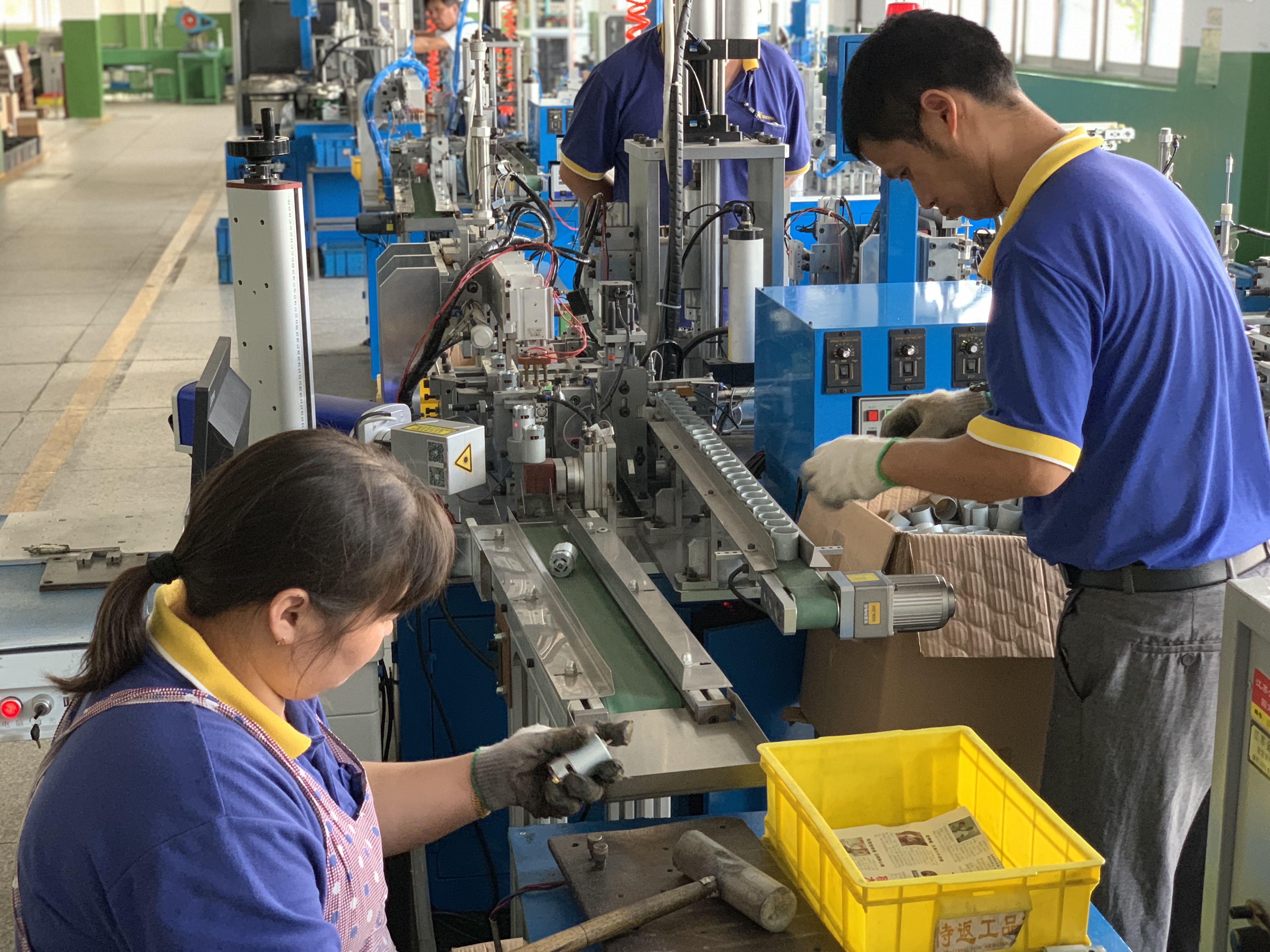Is Vietnam the New China for Manufacturing? Part 2
- October 17, 2019
- Posted by: Gary Young
- Categories: Asia Sourcing, Highlight

In our previous blog we began a discussion of how China and Vietnam compare as sources of manufacturing in the Asia Pacific Region (APAC). As noted, Chinese manufacturing is well-established while Vietnamese manufacturing is drawing notice as an up and coming option for production due to aggressive improvements in pro-business government policies. Increasing Vietnam’s viability as a manufacturing source are changes in China manufacturing, from a maturing workforce to increasing tariff issues.
From our position as a manufacturing sourcing company with offices in Houston and Shanghai since 2002, Avela Corporation weighs many factors when identifying reliable and capable APAC manufacturing sources for our clients. For instance…
Wages
As we pointed out in our last blog, manufacturing wages in Vietnam consistently run a little less than half of manufacturing wages in China. But, as is usually the case, there are reasons for this. China has a longer history of free market capitalism than Vietnam, and it has a larger pool of experienced workers. The Chinese skilled workforce is trained for high tech manufacturing and provides more dependable quality. Of course, oversight is always advisable and it’s part of the services we provide at Avela, but our fees are adjusted in consideration of our expectations of the factory.
So, while Vietnamese wages are lower, so are the skill sets and often the work ethic. It may not be the country to source work on a tight schedule with little room for rework.
Now, for certain manufacturing Vietnam will be the best value source. Like everywhere else, labor usually represents the largest operating cost, so low wages go a long way. But they must be juggled with other factors—that’s what we do.
Supply Chain
Something else to consider is the supply chain supporting the manufacture of your product. Of course, the ideal supply chain has raw materials flowing over the most direct route to the factory with the fewest barriers, such as international borders or oceans, in between. For the most part, China offers that now. For the most part, Vietnam does not.
Continuing the discussion in the realm of the ideal, establishing supply chains are best made over time through trusted relationships to assure consistent pricing and consistent reliability. While Vietnamese manufacturers were on track for improving their supply chain situation, a sudden rush of customers seeking alternatives to Chinese manufacturing has placed strain on the system. New customers, some of significant size, are jockeying for priority in the supply chain just as it is working to become established.
In short, depending on the product, supply chain issues in Vietnam could negate savings in wages.
Infrastructure
Another factor is infrastructure. China has invested heavily in infrastructure over the years, and it shows in pretty much every sector of logistics and transportation. Through its Belt and Road Initiative (RBI), China has invested in improving the infrastructures of other Asia Pacific countries, strengthening its position in regional economies. The Vietnamese government has recently made strides to upgrade its transportation and communication facilities, and has come a long way, especially for Vietnam’s industrial hubs. It remains about where China was some ten years ago, however. This also can cancel out the wage differences between China and Vietnam.
Regulatory Environment
This is an interesting area of consideration. Vietnam seems to have embraced reduced and simplified regulations as a way to accelerate its economic development, and it is making a difference. Like wages, this is an area where Vietnam can challenge Chinese market dominance in the area.
So, is China or Vietnam a better source for manufacturing? Like most things, the answer is complicated. These factors all need to be carefully considered, but a lot depends on your product and your goals.
An experienced sourcing company like Avela can help you weigh your options in selecting a manufacturer in the Asia Pacific Region. We listen to your needs and goals and let you know which country makes the most sense for your project. Then we can be your boots on the ground, swiftly reacting to changes in the APAC manufacturing landscape. Another factor to be carefully considered is finding the right manufacturer, regardless of the country. Avela staff members travel to personally inspect candidate manufacturers for capability, reliability and other crucial factors before recommending them to our clients. We leverage our experience and reputation in the region to negotiate the best terms for your project and remain, if you desire, to monitor quality control, logistics and other downstream considerations.
Contact Avela to discuss how we can help you in finding the right manufacturing source in the APAC region for your product.
